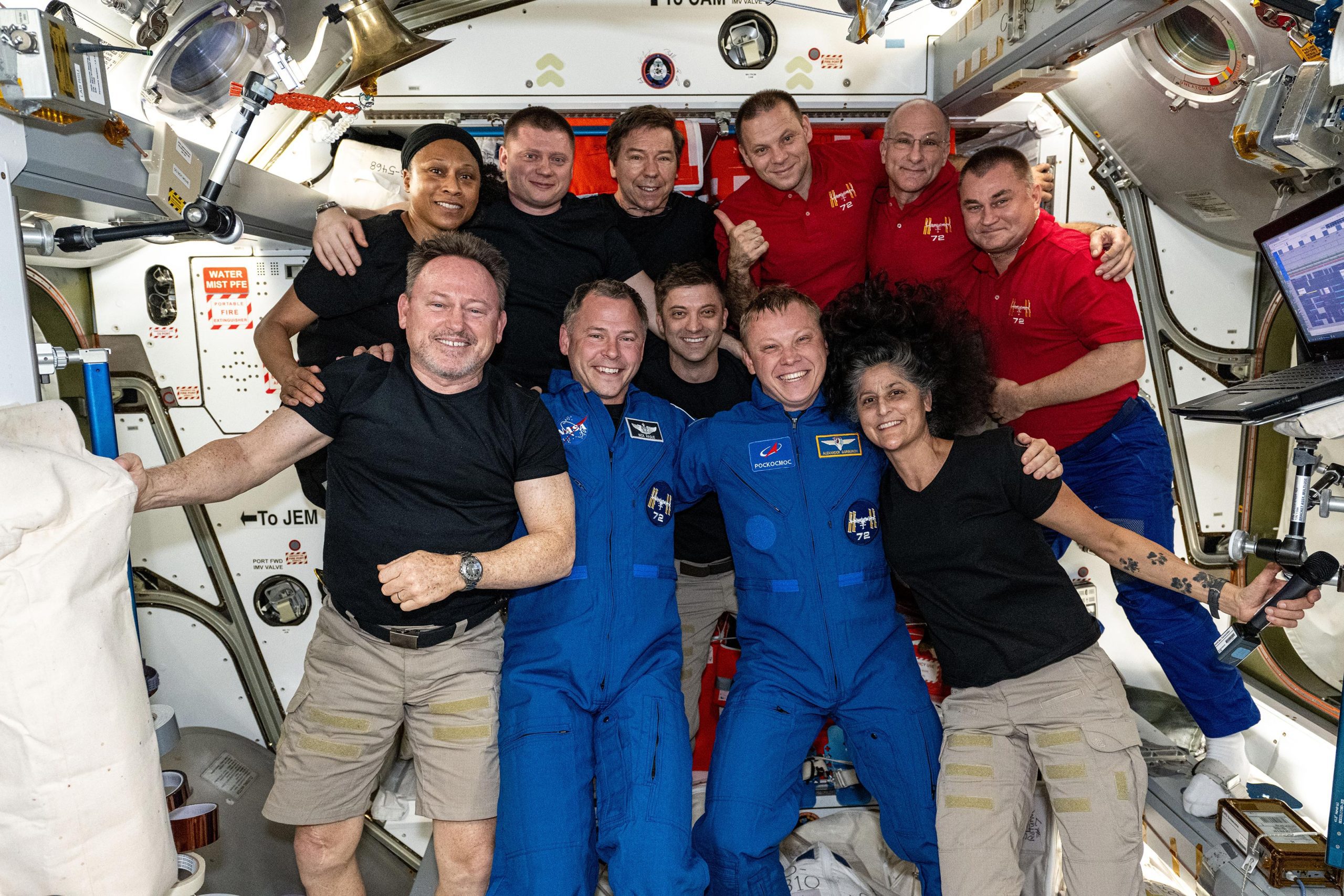
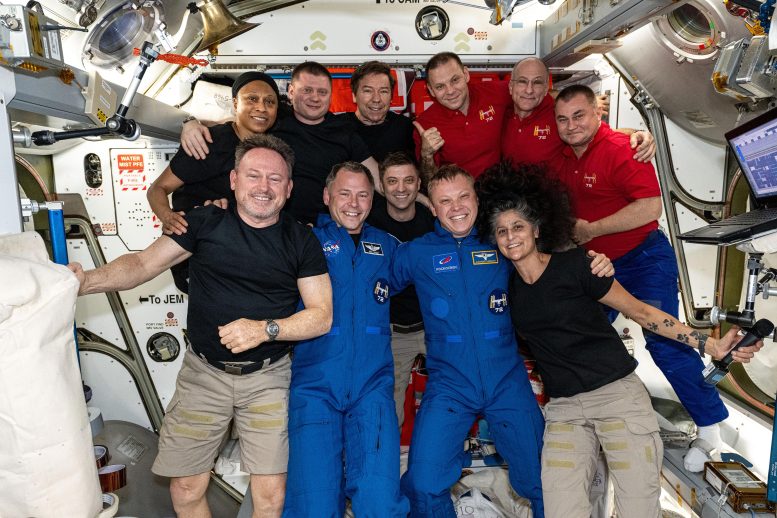
Astronauts on Expedition 72 examine effects of space on physical fitness and plant growth, alongside preparing for crew departures and conducting various scientific studies, including space botany and physics experiments.
On Thursday, Expedition 72 crew members examined the impacts of space on exercise routines and plant growth, aiding NASA and its international partners in planning extended human missions beyond Earth. The International Space Station (ISS) residents are also preparing for the upcoming departure of four crewmates while continuing to maintain science and life support systems.
Maintaining Health in Microgravity
In the weightless environment of space, the absence of gravity significantly accelerates the loss of bone and muscle mass among crew members. To combat this, astronauts engage in two hours of exercise daily, helping to counteract the effects of physical deconditioning and maintain their health for mission success. During these sessions, researchers monitored NASA Flight Engineer Nick Hague as he cycled on an exercise bike equipped with sensors and respiratory gear to measure his aerobic capacity. Similarly, Roscosmos Flight Engineer Ivan Vagner participated in a routine fitness evaluation by jogging on a treadmill. These workout sessions are carefully monitored and the data analyzed to ensure they remain safe and effective for those living in microgravity.
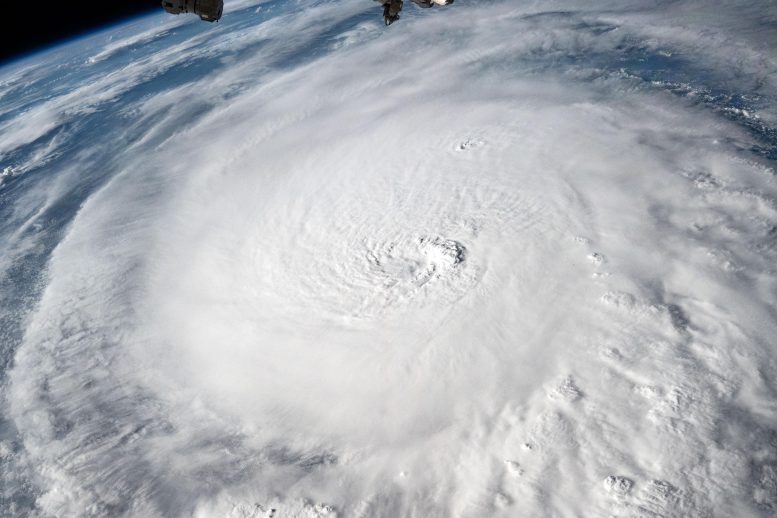
Spacecraft Safety Reviews and Departure Plans
Hague also joined station Commander Suni Williams and Flight Engineer Butch Wilmore, both NASA astronauts, and reviewed emergency hardware and procedures in the SpaceX Dragon Freedom spacecraft. The NASA trio then teamed up with Roscosmos Flight Engineer Aleksandr Gorbunov and called down to Earth for a conference with SpaceX mission controllers. Gorbunov launched to space aboard Freedom with Hague on September 28. Williams and Wilmore will return to Earth with the Freedom duo in February of 2025.
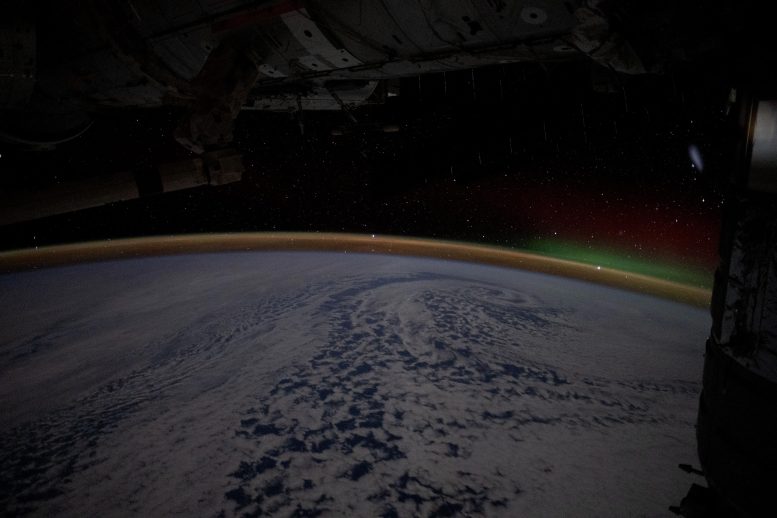
Advances in Space Botany
NASA Flight Engineers Matthew Dominick and Mike Barratt spent all day Thursday studying how to water plants in space. Barratt set up space botany hardware in the Harmony module while Dominick performed research operations for the Plant Water Management 5 experiment. The investigation explores using low-gravity watering methods such as hydroponics and aeroponics to support plant growth in space.
Scientific Maintenance and Experimentation
NASA Flight Engineers Don Pettit and Jeanette Epps focused on science maintenance during their shifts on Thursday. Pettit calibrated biology imaging hardware in the Kibo laboratory module that can detect space-caused inflammatory changes in organisms. Epps packed stem cell research hardware for return to Earth then powered down the KERMIT fluorescence microscope used to image the stem cell samples.
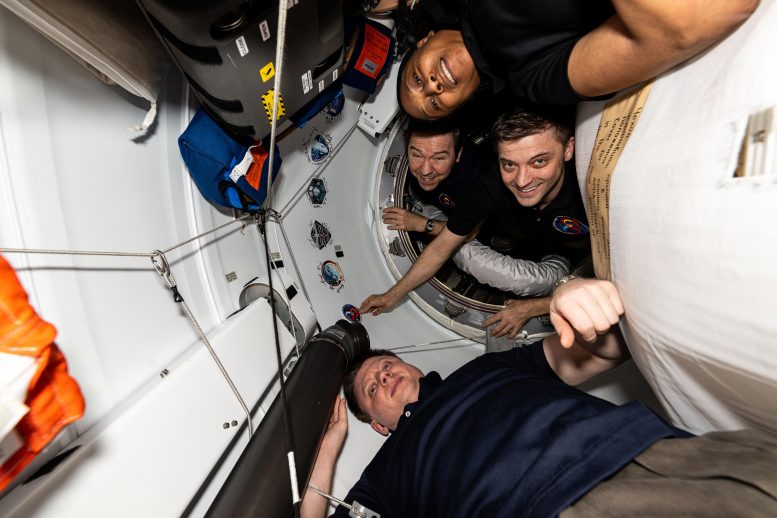
Crew Farewells and Departure Broadcasts
Meanwhile, Epps and her fellow SpaceX Crew-8 crewmates Dominick, Barratt, and Roscosmos cosmonaut Alexander Grebenkin called to Mission Control in Houston on Thursday and gave their farewell remarks. The Commercial Crew quartet is targeted to undock from the Harmony’s space-facing port aboard SpaceX Dragon Endeavour no earlier than 3:05 a.m. EDT on Sunday, weather pending. NASA+ will broadcast the crew departure activities and Dragon’s parachute-assisted splashdown the following day at a site to be determined. Learn how to watch NASA content through a variety of platforms, including social media.
Watch the farewell remarks here:
Physics Experiments and Equipment Maintenance
Finally, Roscosmos cosmonaut Alexey Ovchinin started his day on a space physics experiment studying how free-flying objects in microgravity move in relation to the speed and trajectory of the space station. Afterward, he spent the rest of his day servicing Roscosmos computers and ventilation systems.